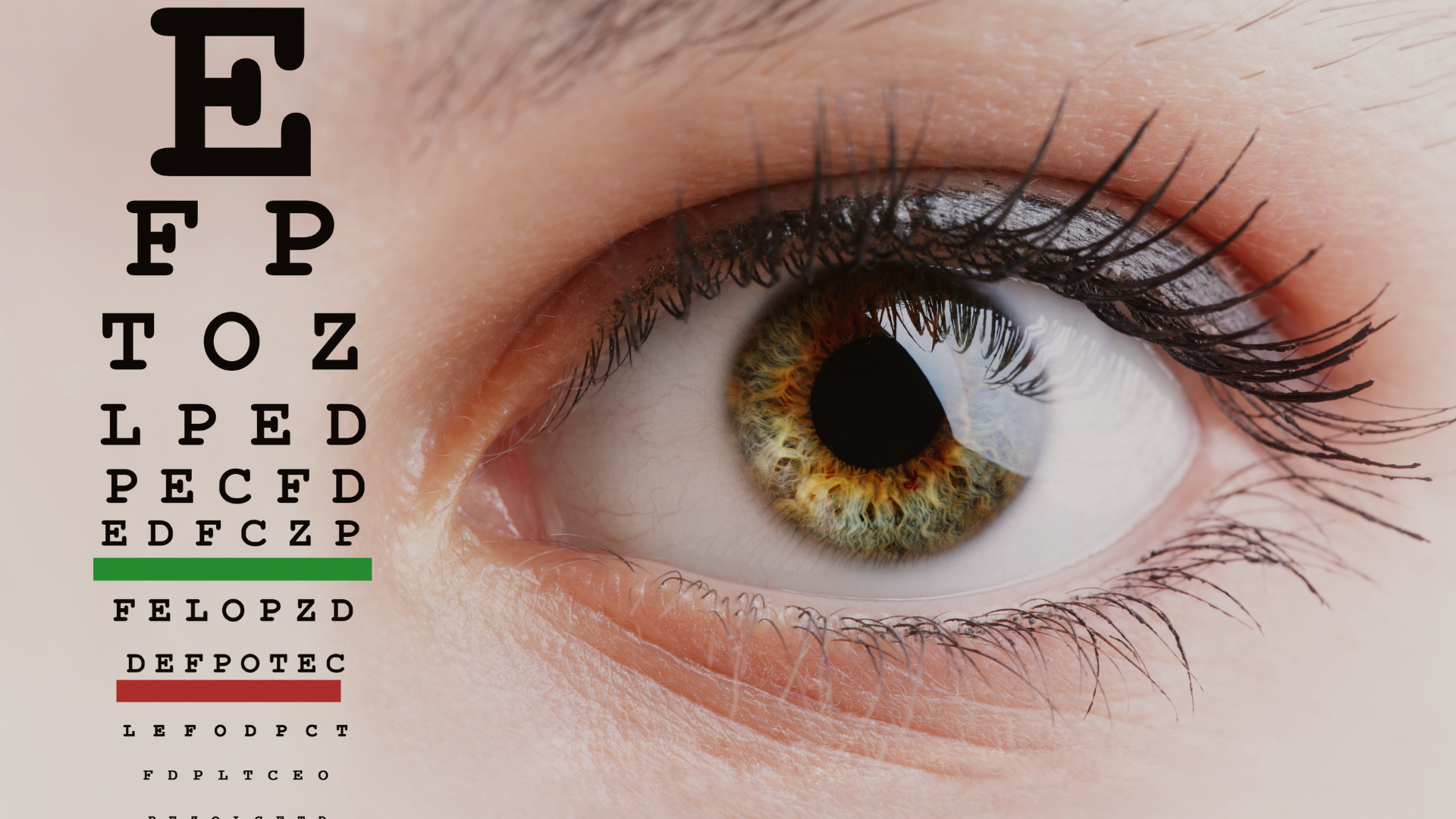
HbA1c Greater than Six Percent in Prediabetes May Double Eye Damage Risk
Individuals with prediabetes and glycated haemoglobin (HbA1c) levels greater than six per cent have a two-fold higher risk of developing eye damage (diabetic retinopathy) than those with HbA1c levels less than six per cent, an observational study has found.
Notably, individuals with HbA1c levels of 6–6.4% (42–46 mmol/mol) had double the risk of eye damage than those with HbA1c less than 6% (42 mmol/mol).
The study, “Prevalence and risk factors for diabetic retinopathy in prediabetes in Asian Indians,” was published in the Journal of Diabetes and its Complications.
Prediabetes occurs when blood glucose levels are higher than normal, but not high enough to be classified as type 2 diabetes. People with prediabetes have either higher than normal fasting blood glucose (impaired fasting glucose) or higher than normal blood glucose levels two hours after eating (impaired glucose tolerance).
Medically impaired fasting glucose is defined as 5.6 mmol/L–6.9 mmol/L (100 mg/dL – 125 mg/dL) while impaired glucose tolerance is defined as glucose levels of 7.9mmol/L–11mmol/L (140mg/dL–199mg/dL).
Diabetic retinopathy is a common complication in people with type 2 diabetes. However, some studies show that it can occur in people with prediabetes. Studies in the United States and Germany have found that diabetic retinopathy affects 8% of people with prediabetes, whereas an Australian study observed a rate of 6.7%.
Although prediabetes affects 14% of the total Indian population, the rates of diabetic retinopathy in this population is unknown.
Now, a team of scientists investigated the rates and risk factors of diabetic retinopathy in Indians with prediabetes. All participants took oral glucose tolerance, fasting blood glucose, HbA1c and blood fat profile tests, and comprehensive eye examinations.
A total of 192 adults with prediabetes attending specialists’ diabetes care centres in Chennai, India were included. The mean age of the cohort was 48 years and 55.2% were male. The mean body mass index of the cohort was 28, with an average waist circumference of 96 cm.
Impaired glucose tolerance was present in 59.4%, impaired fasting glucose in 33.8% and 6.8% had both conditions. A total of 6.3% had diabetic retinopathy.
Interestingly, participants with diabetic retinopathy had higher HbA1c levels than those without. The rate of cataracts was also significantly higher among those with diabetic retinopathy. Although none of the participants with diabetic retinopathy had sight-threatening damage, 4.7% and 1.5% had mild and moderate eye damage, respectively.
After adjusting for factors, including age, gender, BMI and lipid profile, the researchers found that participants with HbA1c levels greater than 6% were twice as likely to develop diabetic retinopathy than those with HbA1c levels less than 6%.
“This study shows that hyperglycaemic [high blood glucose] is the strongest modifiable risk factor for diabetic retinopathy before the glycaemic threshold of diabetes is established, highlighting the need for optimal and early control of glycaemia,” the researchers wrote.
“Our study has also reinforced the importance of screening for diabetic retinopathy right from the time of diagnosis of diabetes in people with type 2 diabetes and also among people with diabetes, at least in those who have HbA1c ≥6%,” they wrote.
One limitation of this study is that all participants were recruited from two specialist diabetes care centres. Therefore, the observed rates of diabetic retinopathy may not represent the prevalence in the whole Indian population.
However, their findings indicate that people with prediabetes should regulate their HbA1c levels before progressing to type 2 diabetes.
In conclusion, “lifestyle modification for better glycaemic control in individuals with prediabetes is essential,” they wrote.
Measure your HbA1c with your doctor or from the comfort of your own home.

